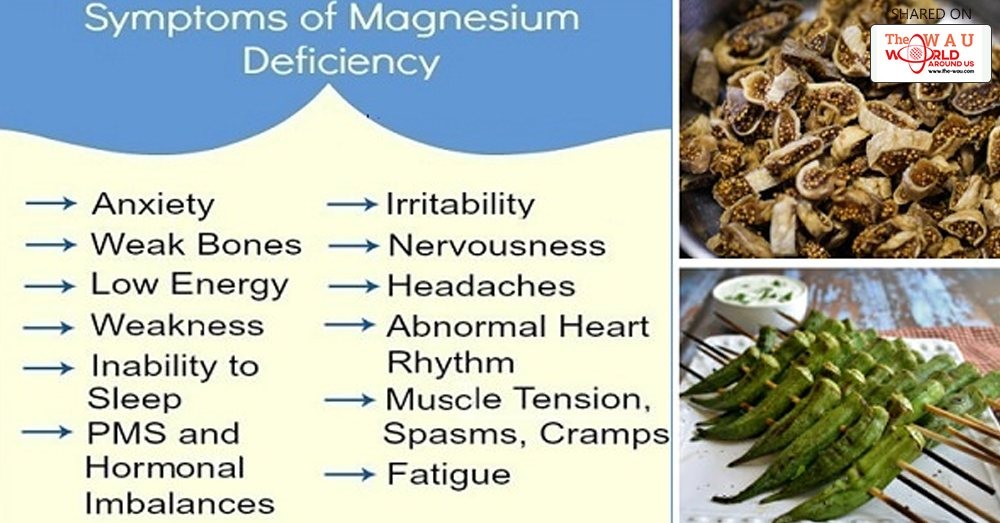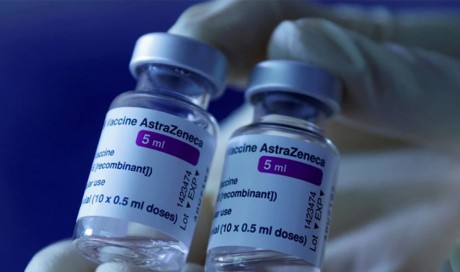Magnesium is one of the most important minerals for the body because it takes part in more than 300 metabolic processes. Low levels of magnesium can cause numerous health problems. Unfortunately, according to statistics, magnesium deficiency is among the most common nutritional deficiencies with more than 80% of the American population affected.
To make matters worse, people are often unaware that they have low levels of magnesium. Magnesium deficiency is one of the main reasons for cramps, memory loss, and anxiety. According to experts, the human body has around 25 grams of magnesium and half of it is found in the bones and 1% in the blood.
The processes in which magnesium participates are energy production, formation of bones and cells, metabolism of nutrients, active transportation of potassium, silica, vitamin D and K, calcium, and detoxification.
Magnesium deficiency is usually manifested by the following symptoms:
- Seizures
- Tiredness
- High blood pressure
- Loss of appetite
- Blood clots
- Vomiting
- Numbness
- Changes in personality
- Tingling sensation
- Muscle contraction
- Nausea
- Coronary spasms
- Abnormal heart rhythms
What is the cause of magnesium deficiency?
According to experts, the main reason behind this deficiency is the modern farming approach, i.e. they deplete the vitamins and minerals from the soil in which the food we eat is grown. Hence, this soil is also chemically treated with pesticides, insecticides, and fertilizers. That is, the food we eat lacks the magnesium it’s supposed to contain.
Furthermore, there are certain medical conditions that can damage the body’s ability to absorb magnesium like Crohn’s or other conditions that affect the kidneys and digestion, as well as use of drugs for diabetes and cancer, excessive intake of alcohol, and aging.
These are some of the ways in which you can increase your magnesium levels:
- Magnesium citrate supplement
- Magnesium oil
- 1 chocolate bar (58% of daily magnesium value)
- 1 cup of boiled okra (14% of daily magnesium value)
- 1 cup of rice (21% of daily magnesium value)
- 1 cup of cooked spinach (39% of daily magnesium value)
- 1 cup of dried figs (25% of daily magnesium value)
- 1 avocado (15% of daily magnesium value)
- 1 ounce of pumpkin or squash seeds (19% of daily magnesium value)
- 1 ounce of almonds( 19% of daily magnesium value)
- 1 ounce of cashew nuts (20% of daily magnesium value)
- 1 cup of lentils(18% of daily magnesium value)
Share This Post












